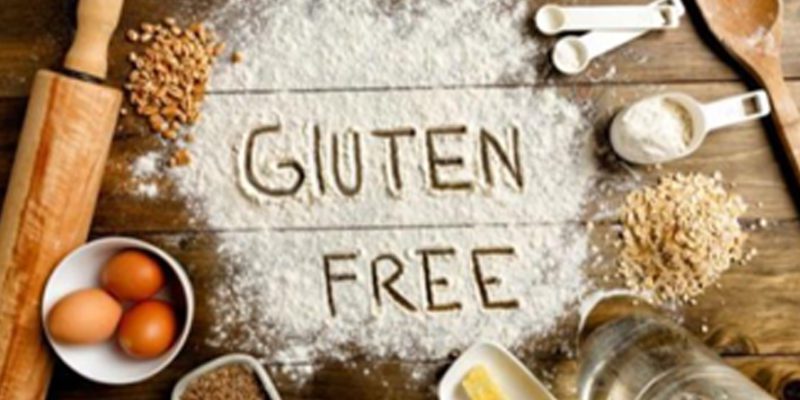Gluten–free refers to a diet type that helps manage the symptoms of celiac disease and other medical conditions associated with gluten. Let’s take a look at what that might mean for you.
What is gluten?
Gluten is found in grains, such as wheat, barley, rye, and a cross between wheat and rye called triticale. It is a substance present in these cereal grains, especially wheat, that is responsible for the elastic texture of dough. Gluten helps foods maintain their shape, acting as the glue that holds it together, and can be found in many types of foods, even some you might not expect.
Why is consuming gluten bad for you?
While most people tolerate gluten just fine, about 1 in every 133 people in the United States have celiac disease. For those with this disease, gluten triggers an autoimmune response that attacks the lining of the small intestine, preventing the body from absorbing nutrients into the bloodstream properly. The most common symptoms of celiac disease are digestive discomfort, tissue damage in the small intestines, bloating, diarrhea, constipation, headache, tiredness, skin rashes, depression, and weight loss.
However, some people with celiac disease do not have digestive symptoms, but may have other symptoms such as tiredness or anemia. That is why celiac disease can sometimes be difficult to diagnose. In fact, up to 80% of people with celiac disease don’t know they have it. But many people who have negative reactions to gluten do not have celiac disease. This condition, known as non-celiac gluten sensitivity, is controversial.
What is a gluten-free diet?
A gluten-free diet is essential for managing the symptoms of celiac disease and other medical conditions associated with gluten. Eating gluten-free means avoiding wheat, barley, and rye while choosing substitutes that provide nutrients for a healthy diet. It is also becoming more popular among people who haven’t been diagnosed with a gluten-related medical condition, claiming improved health, weight loss and increased energy, though more research is needed.
A gluten-free diet isn’t always easy. People who benefit generally need to stick with the diet for life. That means giving up many staples, such as traditional bread and pasta, and treats like cake and cookies. But wine, potatoes, rice, eggs, fish, meat, fruits, vegetables, and milk products all fit nicely in a gluten-free diet, and it’s getting easier every day to find gluten-free products, like bread, pasta and even gumbo. Careful planning can help you stay gluten-free for the long-term.
Are there any risks to going gluten-free?
Some processed, gluten-free food products are not enriched with vitamins and minerals. As such, following a gluten-free diet that lacks diversity could increase the risk of deficiencies in folate, riboflavin, niacin, and iron. Gluten-free diets also tend to be lower in fiber, which plays an important role in digestive health and regularity. Therefore, it’s essential to ensure these important nutrients come from other sources as part of a healthy, gluten-free diet to help reduce the risk of side effects.
Summing things up:
Gluten is a substance found in wheat, barley, rye, and triticale, a cross between wheat and rye. It is the glue that holds food together. While most people tolerate gluten without problem, there are studies suggesting that as much as 6% of the global population may be gluten intolerant to some degree. Gluten-free diets are a necessity for some, and a choice for others, but to help reduce the risk of side effects it’s essential to get recommended vitamins and nutrients from other sources as part of a healthy, gluten-free diet.


2 Comments
Leave a Comment
DB
Does your gumbo mix have any of the following ingredients in it, soy, natural flavors, corn, dairy? Thanks
Susan Armand
Please email sarmand.wg@gmail.com and we can send you the nutrition label.